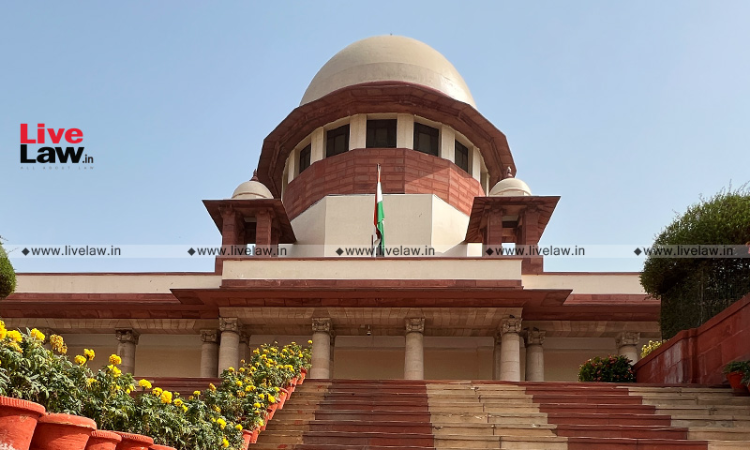The Supreme Court reiterated the principles for proof of a case based on circumstantial evidence. It emphasized that the circumstances “must/should be” and not “maybe” established and set aside the conviction and life sentence awarded to 3 persons accused of murder by the Delhi High Court in 2014.The bench comprising Justices BR Gavai and Justice Prashant Kumar Mishra was hearing...

